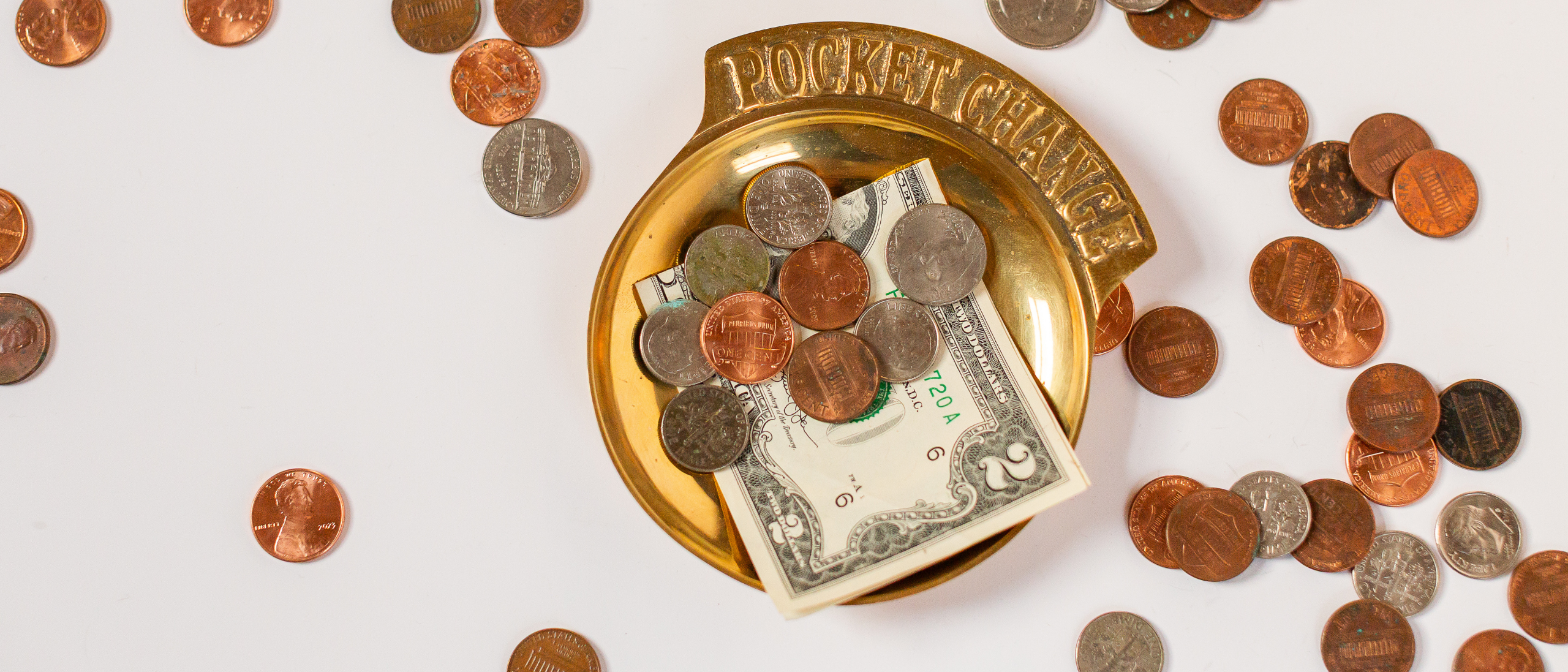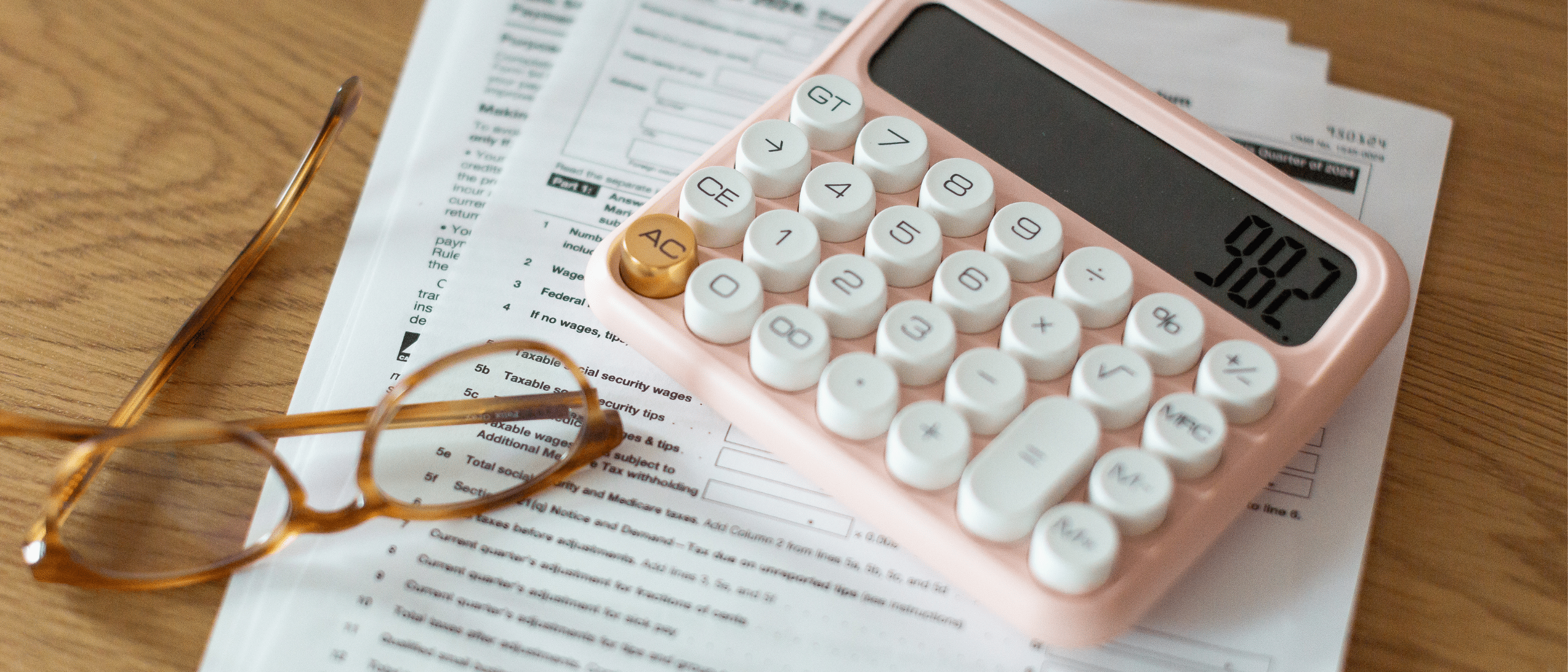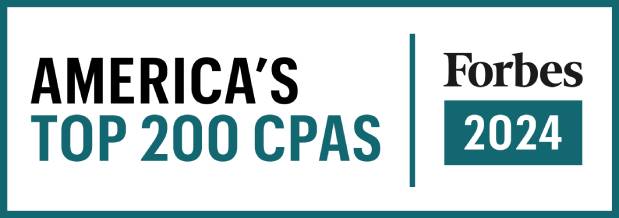Most businesses are allowed to choose either the accrual accounting method or the cash accounting method (or a combo of the two) as long as the Internal Revenue Service (IRS) knows ahead of time which one they’re using.
If your business wants to change your accounting method after you’re already in business, you’ll use IRS Form 3115 to get that done. In today’s post, I’ll walk you through everything you need to know about how to change accounting methods using IRS Form 3115.
What is the difference between accrual and cash basis accounting methods?
In a nutshell, the difference between the two accounting methods has to do with when transactions are recorded. Here’s a simple breakdown:
Accrual Accounting Method:
- Record income and expenses when the transactions occur instead of when the money is received or paid.
- Matches revenue with related expenses, which can provide a more accurate financial picture of a business’ finances at a given point in time.
- Can require you to pay taxes on money you haven’t actually received yet (only have invoiced).
- Generally, the IRS requires that companies use this method if they had an average revenue of more than $1 million during the last three years.
Cash Basis Accounting Method:
- Record income and expenses when cash is received or paid.
- Simpler, but doesn’t always provide an accurate financial picture.
- Used by many small businesses.
Why would my business change accounting methods?
Your business may decide to change accounting methods for various reasons, such as:
- to have a better picture of your financial reality,
- to attract investors,
- to help make more accurate financial goals, or
- to comply with tax regulations.
Additionally, if you hire a bookkeeper or accountant, they may also suggest one method rather than the other based on your specific type of business and financial goals. I’ve written a dedicated post about which accounting method your business should use if you’d like more help weighing the pros and cons.
Just remember, no matter your reason for switching accounting methods, you’ll need to notify the IRS of the change.
Do I need to complete IRS Form 3115 to change accounting methods?
Yes, the IRS requires businesses to get approval to change accounting methods. This is their way of trying to prevent businesses from manipulating their books for tax advantages. In order to seek IRS approval, you’ll need to complete and submit IRS Form 3115, Application for Change in Accounting Methods.
One thing to note is that even if you don’t change your overall method of accounting, if you change the method you’re using for certain aspects of your business, you’ll still want to complete and file a Form 3115 to notify the IRS of the change. For instance, if you change the timing for when you record depreciation or certain liabilities your business carries, then you’ll complete the form.
What is an automatic change request on IRS Form 3115?
You’ll notice on the Form 3115, there is a section for an “Automatic Change Request.” This is the section you’ll likely fill out since it generally applies to anyone who is changing to/from an accounting method that has an associated designated change number (DCN).
You’ll look through the list of DCNs published by the IRS and find the one that applies to you. If you are changing from the cash basis accounting method to the accrual accounting method without being required to do so, then you’ll likely use DCN 122. If you’re switching from accrual to cash basis accounting, then you’ll likely use DCN 233.
What is a non-automatic change request on IRS Form 3115?
If you’ve changed your method of accounting for an item that isn’t listed as an automatic method change (rare), then you’ll follow the non-automatic method procedures to request consent for the change from the IRS.
One example of a time when a non-automatic change request is required would be if your business has changed a method for a specific item not listed on the list of DCNs and that change took place in any of the previous five years.
If you have questions about whether you can file for an automatic change request, you should consult with a certified public accountant.
How do I complete IRS Form 3115?
After entering the general information at the top of Form 3115, you’ll want to follow the detailed directions for the schedules or parts of the form that apply to you. For instance, if you’re changing from accrual to cash accounting method, you’ll likely only need to complete Schedule A, Parts I and II. If you’re changing from cash to accrual accounting method, you’ll likely only need to complete Schedule A, Part I, but you might also need to complete Schedule B.
The directions for completing Form 3115 can be complicated, and the amount of information you’ll be required to provide or attach will depend on whether or not you are completing an automatic change request. If you don’t understand the directions or need help determining what kind of change you’re requesting, be sure to ask an accountant for assistance.
How and when do I file IRS Form 3115?
For automatic change requests, you should attach the completed original copy of your Form 3115 to your tax return for the year in which you changed accounting methods. You’ll also file a copy of your signed Form 3115 with the IRS National Office via mail.
The copy you file with the IRS National Office should be sent before your tax return but can’t be sent before the first day of the year when you changed methods. It’s important to note that the IRS won’t send you a receipt for your automatic change request.
For non-automatic change requests, you’ll send your Form 3115 to the IRS National Office via mail, fax, or encrypted email. You should file your change request as early as possible during the year in which you changed methods. This will give the IRS enough time to respond before you file your tax return for the year. You should receive an acknowledgement of receipt from the IRS within 60 days after filing a non-automatic change request.
What happens if I don’t tell the IRS that my business changed accounting methods?
If your business fails to file IRS Form 3115 and you don’t qualify for any relief or extensions, then you may be on the hook for a higher tax bill which will also include penalties and interest.
Does it cost money to file an IRS Form 3115?
No, to file an automatic change request with a Form 3115, you do not need to pay a fee to the IRS.
Abridged by Amy
Using IRS Form 3115 to change your business’ accounting methods is sometimes a tedious process. While the form looks complex, especially at first glance, remember that you likely don’t need to complete all of the sections. If you carefully follow the IRS instructions and provide accurate information, you shouldn’t have any issues.
If you do run into problems completing the form, seeking professional advice, especially for non-automatic changes, is the best way to ensure compliance, maximize your chance for approval, and avoid costly tax penalties.
Remember that if the IRS contacts you for any reason, you should make sure to respond promptly and provide any requested information. You’ll also want to make sure you keep records of any forms or documents you provide to the IRS.




